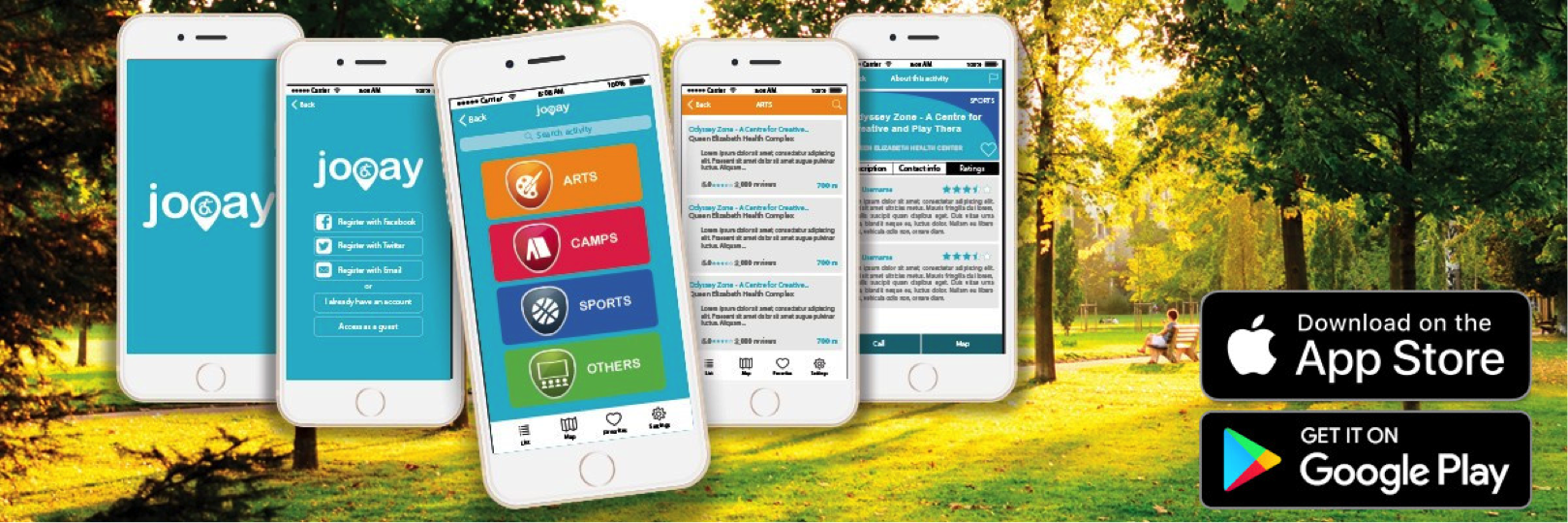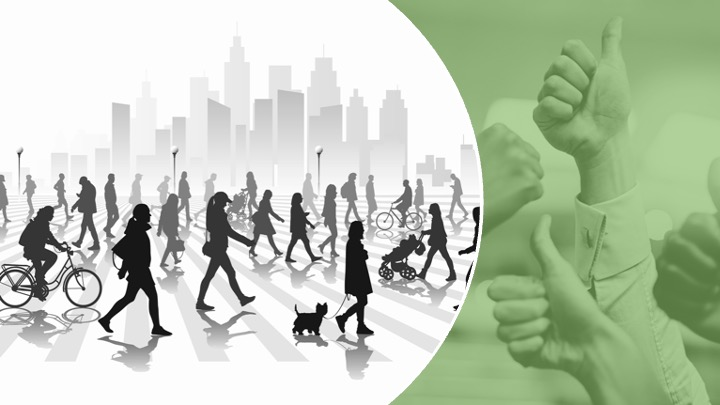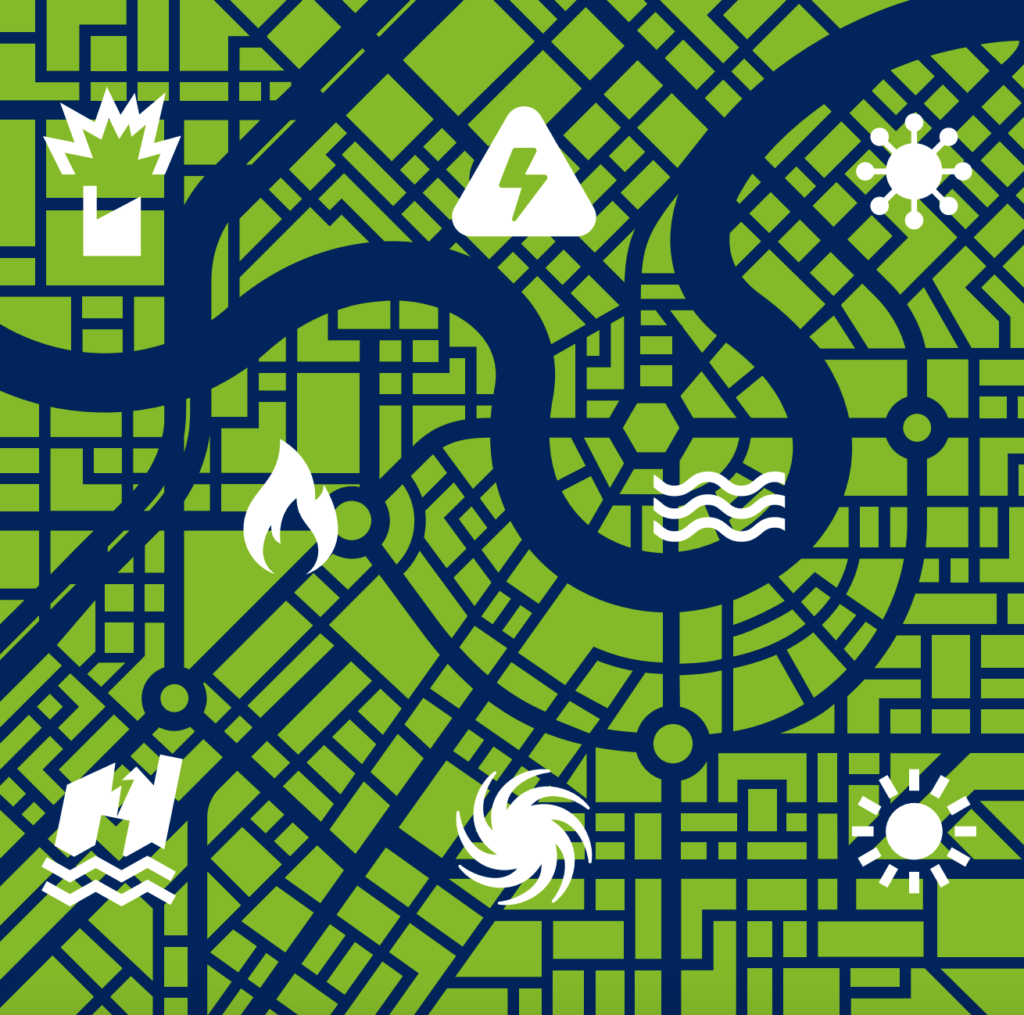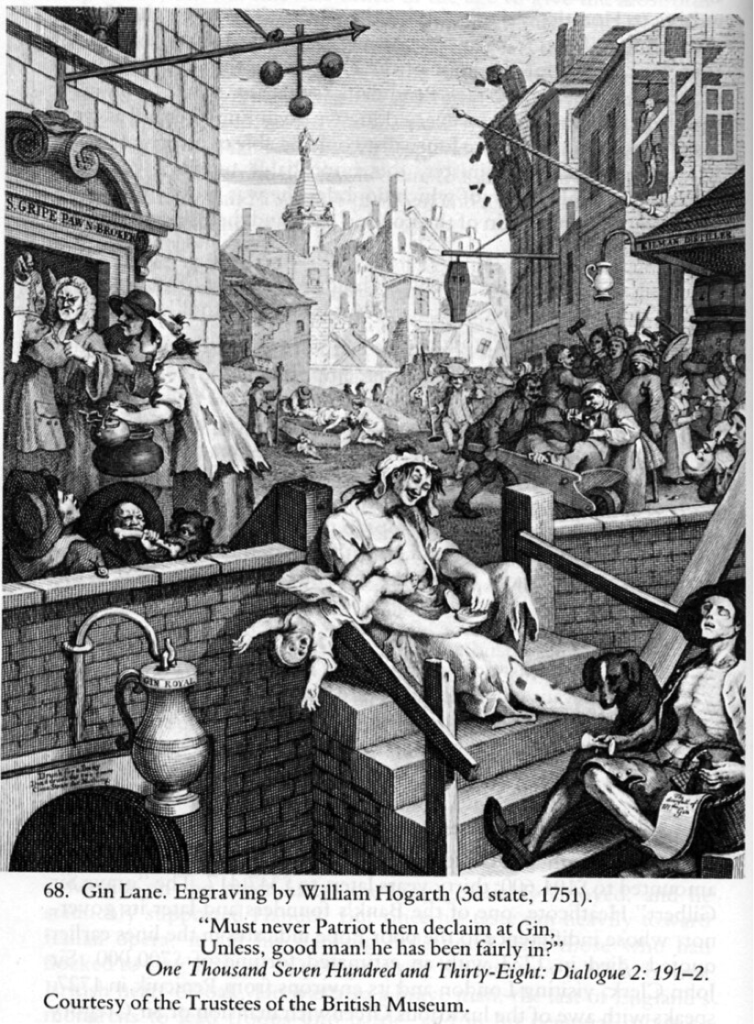City Know-hows

Target audience
Urban health implementers, Impact investors, City governments, Technologists, Digital health innovators and Childhood disability advocates
The problem
Monitoring neighbourhood-level access to resources, services and programmes, can help to improve health equity in communities. With the proliferation of digital applications, big data approaches have shown some promise in capturing access to such resources such as green spaces, housing, amongst others. However, it is often difficult to capture resources such as programmes that are not spatially observable and as such, “offline” and pre-populated records are often used to gather such data.
What we did and why
We explored linking “online” data from a digital listing of inclusive physical and leisure activity programs to data on neighbourhood-level deprivation, firstly to explore insights on the relationship between both factors, and secondly, to explore how to strengthen novel approaches for capturing equity in access to health-promoting programs.
Our study’s contribution
Past evidence gathering and stakeholder engagement efforts have noted the need for a wider range of activities, staff training and resources to accommodate varying sensory and behavioural challenges of Canadian children with disabilities. However to our knowledge, this is the first effort to systematically collect data on actual adapted and inclusive programmes offered on a large scale and covering a broad geographical area, informed by a purposeful and crowd-sourced database as opposed to individual reports.
Impacts for city policy and practice
City-level policy makers and practitioners should note varying dimensions of access, of target populations, and of deprivation in using crowdsourced data to evaluate access to health promoting resources. Additionally, crowdsourced data collection should consider how characteristics of the design team, and analytical and interpretive assumptions may influence results.
Further information
Jooay app: Connecting children and youth with disabilities to leisure. A free app that helps children with disabilities and their families to locate leisure opportunities that are: close to where they are, accessible, suit their needs and abilities, match their preferences, can help them develop and participate in society.
Full research article:
Using crowdsourced data to assess the relationship between neighbourhood-level deprivation and the availability of inclusive leisure programmes in Canadian cities by Ebele R.I. Mogo, Luca Martial, José A. Correa, Annette Majnemer & Keiko Shikako.
Related posts

To create healthy urban places and spaces, public acceptance is key to success.

As emerging challenges have made urban areas increasingly vulnerable, jeopardizing the health and well-being of their inhabitants, resilience should be seen as a pathway for healthy cities and integrated into urban planning practices. This study shows if and how existing indicator frameworks can identify urban systemic vulnerabilities and priorities for resilience building to provide local authorities with evidence crucial in planning for healthy and resilient cities.

Including health in local alcohol license decisions is not just about a dedicated Health Associated Licensing Objective (HALO): A Public Health Perspective – beyond the HALO effect!